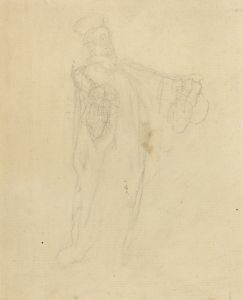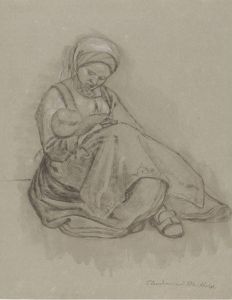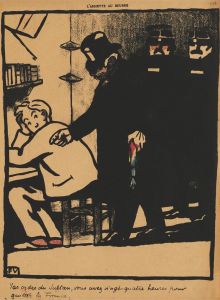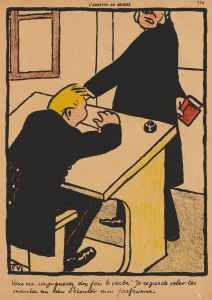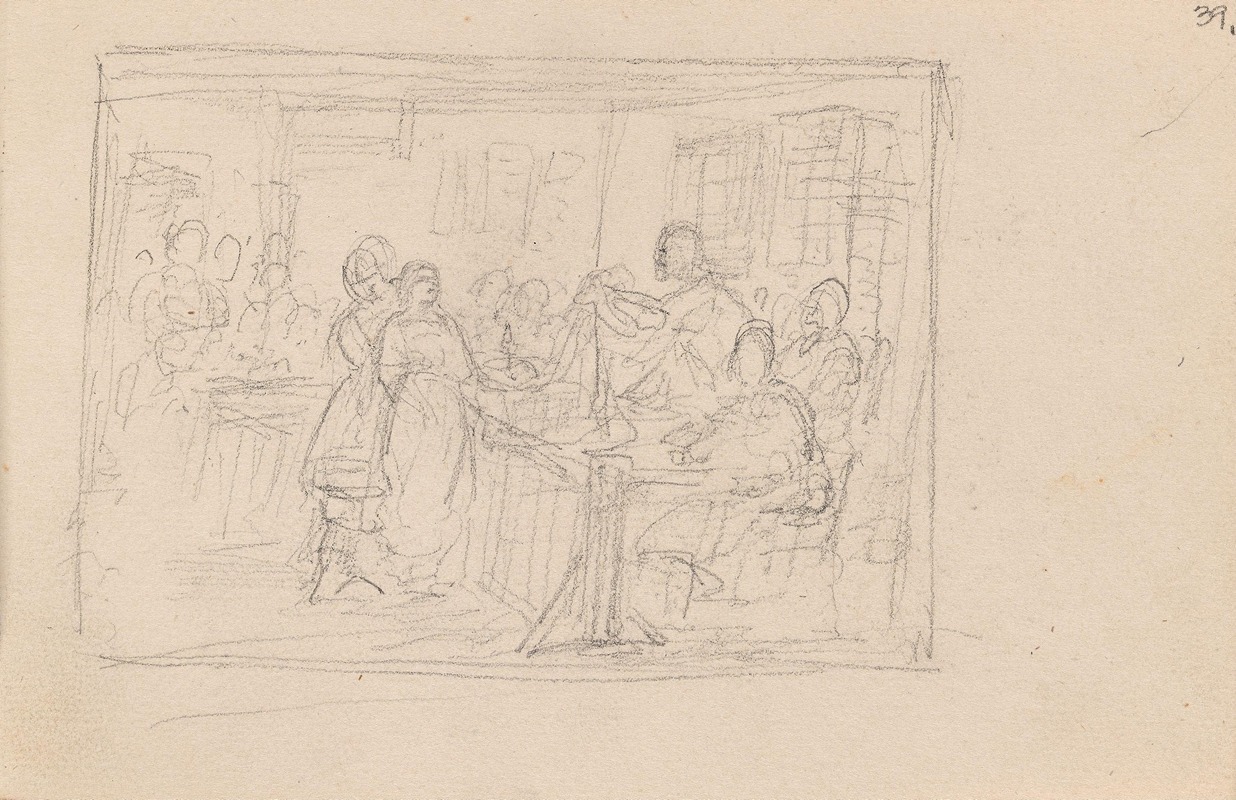
En barnemorderske i forhør
A hand-painted replica of Adolph Tidemand’s masterpiece En barnemorderske i forhør, meticulously crafted by professional artists to capture the true essence of the original. Each piece is created with museum-quality canvas and rare mineral pigments, carefully painted by experienced artists with delicate brushstrokes and rich, layered colors to perfectly recreate the texture of the original artwork. Unlike machine-printed reproductions, this hand-painted version brings the painting to life, infused with the artist’s emotions and skill in every stroke. Whether for personal collection or home decoration, it instantly elevates the artistic atmosphere of any space.
Adolph Tidemand's painting "En barnemorderske i forhør" (translated as "A Child Murderess Under Interrogation") is a significant work in the realm of 19th-century Norwegian art. Created in 1862, this painting is a poignant example of Tidemand's ability to capture intense human emotions and social issues through his art.
Adolph Tidemand (1814-1876) was a prominent Norwegian painter, best known for his detailed and realistic depictions of Norwegian folk life and historical scenes. He studied at the Academy of Fine Arts in Copenhagen and later in Düsseldorf, where he became associated with the Düsseldorf School of painting, which emphasized meticulous detail and historical accuracy.
"En barnemorderske i forhør" depicts a somber and dramatic scene of a young woman being interrogated by authorities for the crime of infanticide. The painting is set in a dark, sparsely furnished room, with the central figure of the accused woman seated at a table, her face a mixture of fear, sorrow, and resignation. Surrounding her are stern-looking men, presumably judges or officials, who are questioning her about the crime. The stark contrast between the woman's vulnerable position and the authoritative stance of the interrogators highlights the gravity of the situation and the social stigma associated with such a crime.
Tidemand's choice of subject matter reflects the social and moral concerns of his time. Infanticide was a serious and controversial issue in 19th-century Norway, often linked to poverty, social ostracism, and the lack of support for unmarried mothers. By focusing on this theme, Tidemand not only aimed to evoke empathy for the plight of the accused woman but also to provoke thought and discussion about the underlying social issues.
The painting is notable for its realistic portrayal of the characters and the setting. Tidemand's attention to detail is evident in the expressions and body language of the figures, as well as in the careful rendering of the room's furnishings and lighting. The use of light and shadow adds to the dramatic tension of the scene, drawing the viewer's eye to the central figure of the woman and emphasizing her isolation and vulnerability.
"En barnemorderske i forhør" is housed in the National Gallery of Norway, where it continues to be an important piece in the collection of Norwegian art. It serves as a powerful reminder of the social issues of the past and the role of art in reflecting and challenging societal norms.
Adolph Tidemand's work, including this painting, has had a lasting impact on Norwegian art and culture. His ability to combine technical skill with deep emotional and social insight has earned him a prominent place in the history of art. "En barnemorderske i forhør" remains a compelling and thought-provoking work, inviting viewers to reflect on the complexities of human nature and the social conditions that shape our lives.









